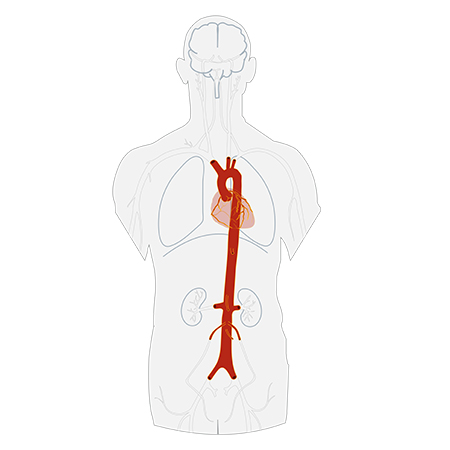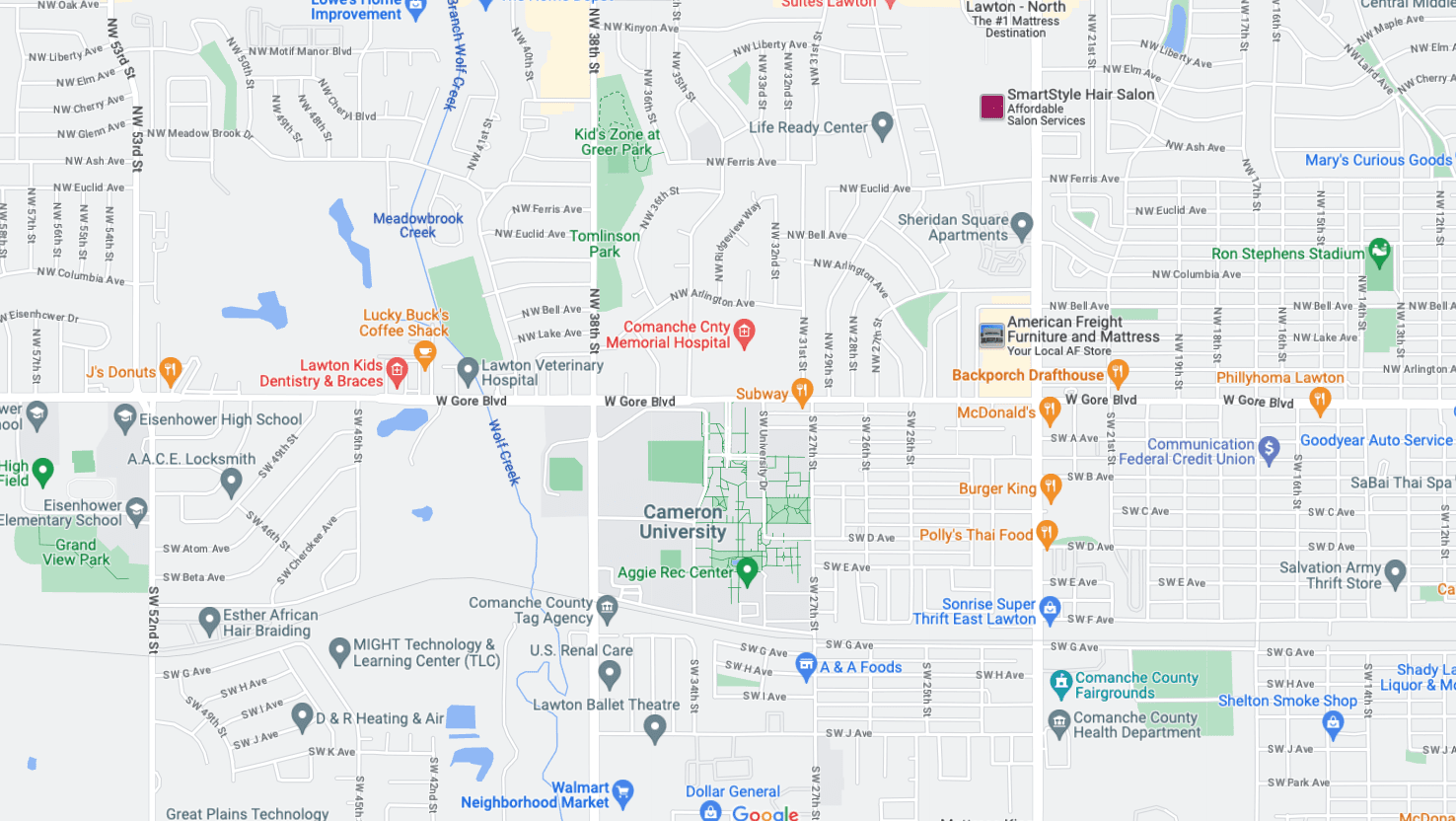Aortic Surgery

Aortic Procedures:
- Aortic root aneurysms
- Ascending aortic aneurysms
- Transverse aortic arch aneurysms
- Descending thoracic aortic aneurysms
- Abdominal aortic aneurysms
- Acute and chronic aortic dissections
- Atheromatous disease of the aorta
- Coarctation
- Bicuspid aortic valve
Thoracic Endovascular Aortic Repair (TEVAR)
Aortic aneurysm repair is surgery to fix a weak and bulging section of the aorta. The aorta is the large blood vessel (artery) that carries blood from the heart through the chest and belly to the rest of the body. An aortic aneurysm that is not repaired may burst (rupture). This can be life-threatening. Your physician will use a man-made tube to replace the weak section of your aorta in your chest. The tube is called a graft. The physician will make a large cut in your chest. This cut is called an incision. It may be made through the breastbone (sternum). Or it may be in the side of your chest between your ribs. During the surgery, the physician may connect you to a machine that does the jobs of your heart and lungs. It’s called a heart-lung bypass machine. This machine lets the physician stop your heartbeat while he or she works on your aorta. The physician will put clamps on the aorta above and below the aneurysm. This stops blood flow through the area that the physician is working on. The physician will replace the weak section of your aorta with a graft. In some cases, the physician can do surgery without using a heart-lung bypass machine. After the aorta is fixed, the physician will remove the clamps. Blood can then flow through the aorta again. Then the physician will use stitches or surgical staples to close the incision in your chest. You will probably spend 5 to 7 days in the hospital. You will need to take it easy for at least 4 to 6 weeks at home.
Endovascular Abdominal Aneurysm Repair (EVAR)
Endovascular aortic aneurysm repair fixes an aneurysm in your aorta. An aneurysm is a weak or bulging part of a vein or artery. Your aorta is a large artery. It carries blood from your heart through your belly to the rest of your body. If you don’t fix this problem, your aorta could burst. And this can cause death. Your physician will use a special man-made tube to fix your aorta. This is called a stent graft. After the procedure, your blood will flow through the stent graft. It will not push on the aneurysm. To do the procedure, the physician makes two cuts in your groin area. These are called incisions. Then the physician puts small tubes into the arteries in that area. The tubes are called catheters. The physician first uses the catheters to put dye in your arteries. The dye makes your aorta show up on X-rays. Next, the physician uses wires inside the catheters to move the stent graft through the arteries and up to your aorta. After the stent graft is in place, the physician takes out the catheters and wires. Then he or she uses stitches to close the incisions. You will have scars that fade with time. You will probably spend 1 to 3 days in the hospital. You may be able to return to work and many of your daily activities 1 to 2 weeks after the procedure.
Open Abdominal Aortic Aneurysm Repair (AAA)
Abdominal aortic aneurysm repair is a type of surgery. It fixes an aneurysm in your aorta. An aneurysm is a weak or bulging part of a vein or artery. Your aorta is a large artery that carries blood from your heart through your belly to the rest of your body. Without surgery to fix this problem, your aorta could burst. This can cause death. To do the surgery, the physician makes a large cut in your belly. This cut is called an incision. Then the physician puts clamps above and below the weak part of the aorta. This stops blood flow. It allows the physician to replace the weak part with a tube called a graft. After the graft is in place, the physician removes the clamps so blood can flow again. Then the physician uses stitches or staples to close the incision. You will probably spend 5 to 7 days in the hospital. You will need to take it easy for at least 4 to 6 weeks at home.




